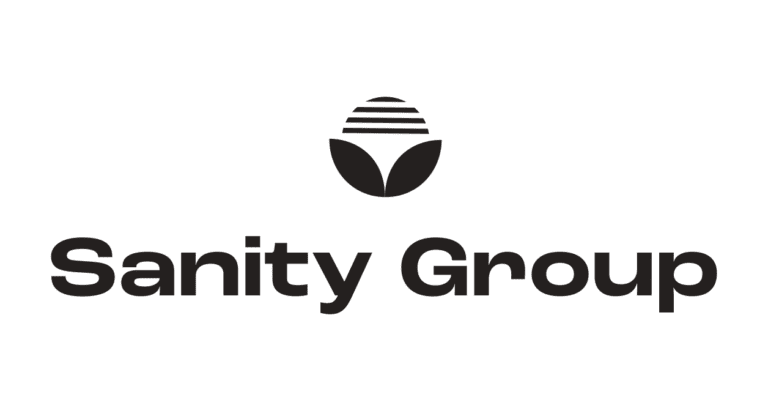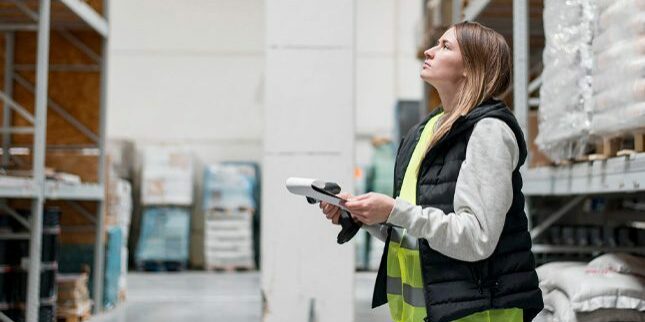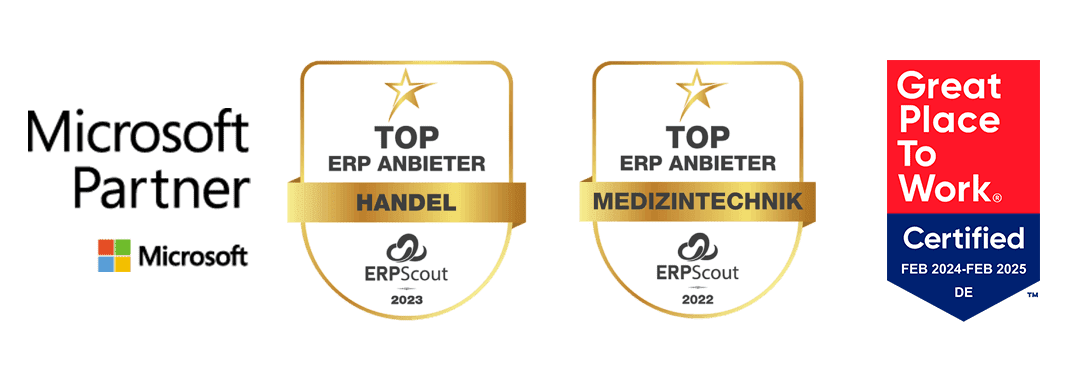Quality control for food
Quality control plays a particularly important role in the food industry. In this article, we explain what needs to be considered and what role software plays.
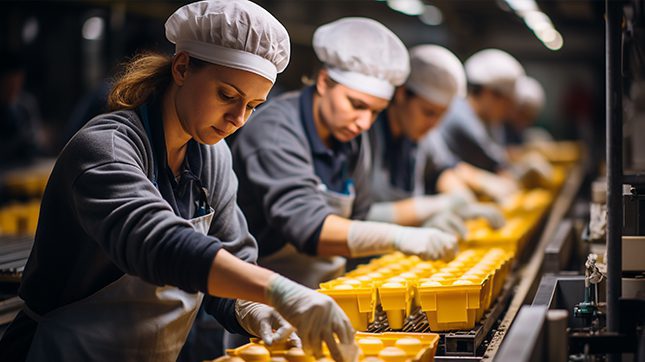
11. April 2024
Nutrition and health are fundamental to people's well-being and are directly linked: high-quality food brings numerous health benefits and enables balanced eating habits. But for this to happen, the food consumed must be flawless and meet strict requirements in terms of taste, texture, nutritional values, shelf life and safety. In short, food quality is crucial when it comes to consumer satisfaction and the control of competent authorities. In this article, we explain exactly what food quality involves, what methods and challenges there are and how an ERP system supports companies in the food industry in meeting all of these requirements.
Definition: This is what food quality means
When we talk about food quality, we mean sensory, physical, chemical, microbiological, nutritional and ethical properties and characteristics. As these have an impact on the safety, taste, appearance and nutritional value of food, they are very important to consumers. However, the definition of food quality can vary depending on the interest group. Consumers, for example, have a different perspective than authorities. Clear, transparent criteria help to assess and monitor the quality of food. This allows legal requirements to be met and food safety standards to be set, and customers are satisfied in the long term.
The role of food safety and standards
Food safety and food standards are extremely important for food quality, as they define the minimum requirements for hygiene, protection, traceability, packaging and labeling of food and are an integral part of quality management processes in companies. By complying with these requirements, the risk of consumers falling ill due to poor quality or contamination is reduced. Fraud can also be prevented - confidence in the production and supply of food increases.
Key legal framework conditions and guidelines
Legal requirements check and ensure that food quality control requirements are met. There are numerous requirements, particularly important framework conditions and guidelines:
EU regulations
EU regulations define the general and specific requirements for food hygiene, the handling of animal by-products, contaminants in food, additives, flavorings and enzymes, novel foods, genetically modified foods, traceability and the rapid alert system.
Some of the most relevant EU regulations in this area are
- Regulation (EC) No. 178/2002: This forms the legal framework for food safety, including the definition, objectives, principles and general obligations of the players in the food chain.
- Regulation (EC) No. 852/2004: This lays down general hygiene rules for food businesses. This includes HACCP (Hazard Analysis and Critical Control Points) principles, the registration and approval of food businesses, staff training and pest control.
- Regulation (EC) No. 853/2004: This lays down specific production rules for food of animal origin. These include, for example, requirements for the slaughtering, cutting, cooling, processing and storage of fish, meat, eggs, milk and honey.
- Regulation (EC) No. 1069/2009: This lays down health rules for animal by-products and products derived therefrom not intended for human consumption. These include the categorization and collection, transport, storage, treatment, use and disposal of these products.
- Regulation (EC) No. 1881/2006: This sets maximum levels for contaminants in food. These include, for example, heavy metals, mycotoxins, dioxins and residues of plant protection products.
Regulations of the Food and Drug Administration (FDA)
FDA regulations set standards for the safety and quality of food in the USA. These also include good manufacturing practice (GMP), preventive controls, food safety modernization, nutritional and allergen labels and the import of food.
Codex Alimentarius Commission
The Codex Alimentarius Commission develops globally recognized standards, guidelines and recommendations for food safety and quality. The aim is to protect the health of consumers, prevent unfair trading practices and strengthen international cooperation. To this end, the association deals with issues such as food hygiene, contamination, additives, pesticide residues and veterinary medicines.
Regardless of which specification or framework condition is used: They apply to all players in the food chain. If the national and international monitoring and control systems detect violations, sanctions will be imposed. This can result in fines and product withdrawal as well as the closure of businesses or criminal prosecution.
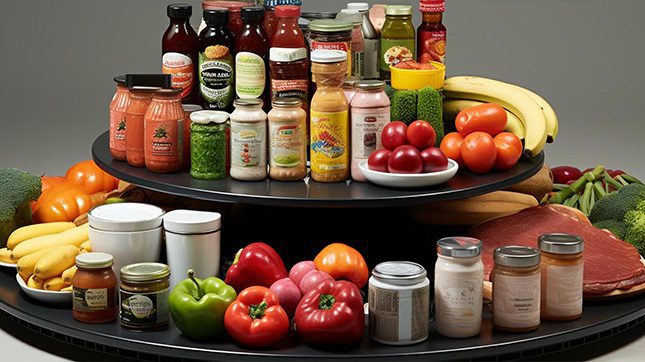
What is involved in food quality control?
The quality control of foodstuffs generally includes:
- Biological tests, for example microbiological tests and allergen testing.
- Sensory evaluations, for example the appearance, smell, taste and texture of food.
What methods are used to check the quality of food?
- Physical checks (e.g. temperature monitoring, weight check)
- Chemical analyses (e.g. pesticide residues, food additives)
- Microbiological tests (e.g. detection of salmonella, E. coli)
- Sensory evaluations (taste, smell, appearance)
Who is esponsible for inspecting food?
The control of food is the responsibility of various players. They ensure the safety and quality of products and carry out regular audits and inspections. The most important control bodies include
-
Companies
that produce and process food by complying with legal regulations and ensuring standards. To do this, they must establish internal quality control processes.
-
Food inspection authorities
that check whether hygiene regulations and packaging and labeling obligations are being complied with. To do this, they take samples of food and have them tested externally in accredited laboratories. If violations occur, they are authorized to impose fines and sanctions.
-
Consumers
by assessing the quality of the food and reporting the results back to manufacturers and authorities.
Are there industry-specific differences in food quality control?
The food industry covers a wide range of sectors. Their basis, ensuring high-quality products, is common to all of them. At the same time, differences can be recognized:
-
Meat industry
The meat industry sets high standards for animal health and welfare, slaughtering and product traceability. In addition, particularly strict hygiene regulations apply in order to prevent pathogens such as salmonella or E. coli.
-
Dairy industry
The dairy industry must guarantee the quality and safety of raw milk and its products, such as cheese and yoghurt, and ensure that the cold chain is maintained.
-
Baked goods industry
The baked goods industry is obliged to ensure the freshness, aroma, consistency and shelf life of its products. In addition, the composition and ingredient labeling must be complied with, especially with regard to allergens.
-
Beverage industry
The beverage industry is obliged to check the quality and purity of raw materials such as water, fruit, grain and hops. The same applies to the end products, for example juice, beer or wine, for which fermentation, filtration, pasteurization and bottling must also be monitored.
Food quality control: typical challenges
Typical challenges that companies in the food industry regularly face with regard to quality control are:
- Compliance with legal regulations and standards, especially as these may differ depending on the country or market.
- Ensuring food safety and hygiene, as these can be influenced by numerous factors. These include the nature of the raw materials, transportation and storage conditions.
- Another challenge is to guarantee the freshness that customers expect in terms of best-before date as well as taste and appearance.
- Meeting high customer expectations. In order to satisfy customers in the long term, it is necessary to regularly improve food quality and focus on innovative concepts.
How can an ERP System help with quality control?
The conditions, requirements and challenges for companies in the food industry are strict and high when it comes to controlling their own quality. To ensure safety, companies should establish efficient processes for the organization, documentation and communication of control procedures. An ERP system helps to ensure this.
- An ERP system serves as a central database in which all relevant information on origin, processing, storage, delivery and sales is collected. Products can thus be traced seamlessly from the producer to the consumer - this ensures speed and responsiveness in the event of a complaint or recall. It also helps to automatically record quality data from various sources such as laboratory reports, test protocols or customer feedback. This allows product quality to be continuously monitored and improved.
- Easier collaboration and better exchange of information: important prerequisites for cooperation with suppliers, producers and inspectors. ERP enables a transparent and efficient exchange of information and thus makes it easier to distribute responsibility for maximum quality across the shoulders involved.
- Every industry is different and has different requirements. Standard ERP software serves as a solid basis for reliable quality. When extended with a specific ERP industry solution, it transforms into a special system that specifically meets the requirements of the food industry.
Reliable quality control with ERP industry solution
YAVEON ProBatch is an ERP industry solution that meets the strict requirements of the food industry. The solution is fully integrated into Microsoft Dynamics 365 Business Central and includes a wide range of functions for the food industry. Some examples are:
-
1.
YAVEN ProBatch enables the integration and automation of various business processes related to food quality, such as purchasing, warehouse management, recipe management, batch tracking, quality inspection, recall management and customer relations.
-
2.
The solution provides a central database containing all relevant information on food quality. This includes, for example, specifications, test reports, certificates, supplier evaluations, customer complaints and corrective measures. The result: simplified queries, analyses and reporting of quality data as well as better collaboration and transparency between the various departments and stakeholders.
-
3.
ProBatch also supports shelf life and expiry date checks. By keeping an eye on minimum and remaining shelf lives and checking rules for the consumption or dispatch of goods depending on them, expiring goods are not dispatched.
-
4.
Batch management in ProBatch offers responsiveness, an overview and peace of mind, as the necessary information is immediately to hand when required. This includes multi-level batch tracing, mixing and splitting batches, managing batch backlogs and batch characteristics and much more.
-
5.
Because the quality of food starts with the suppliers, the supplier evaluation in YAVEON ProBatch provides support. Keeping an eye on the quality of food suppliers avoids negative deviations. To do this, the system regularly checks delivery parameters, actively notifies workflows, classifies suppliers, delivery quality and delivery reliability and evaluates automated criteria.
-
6.
In addition, relevant quality measurements and deviations depending on the suppliers can also be monitored via our BI dashboard to keep an eye on the quality of the raw materials at all times
-
7.
The use of artificial intelligence and machine learning offers further potential for food quality control. It can help to monitor, predict and optimize food quality. This enables early detection and avoidance of quality risks, adaptation of production parameters to quality targets, improved quality performance and a reduction in rejects and rework.
The functions mentioned are just a selection of the many options available in YAVEON ProBatch. In this way, you can turn a good standard ERP into a targeted special solution for companies in the life sciences.
Get to know our ERP industry solution
And meet the challenges of food quality control.

